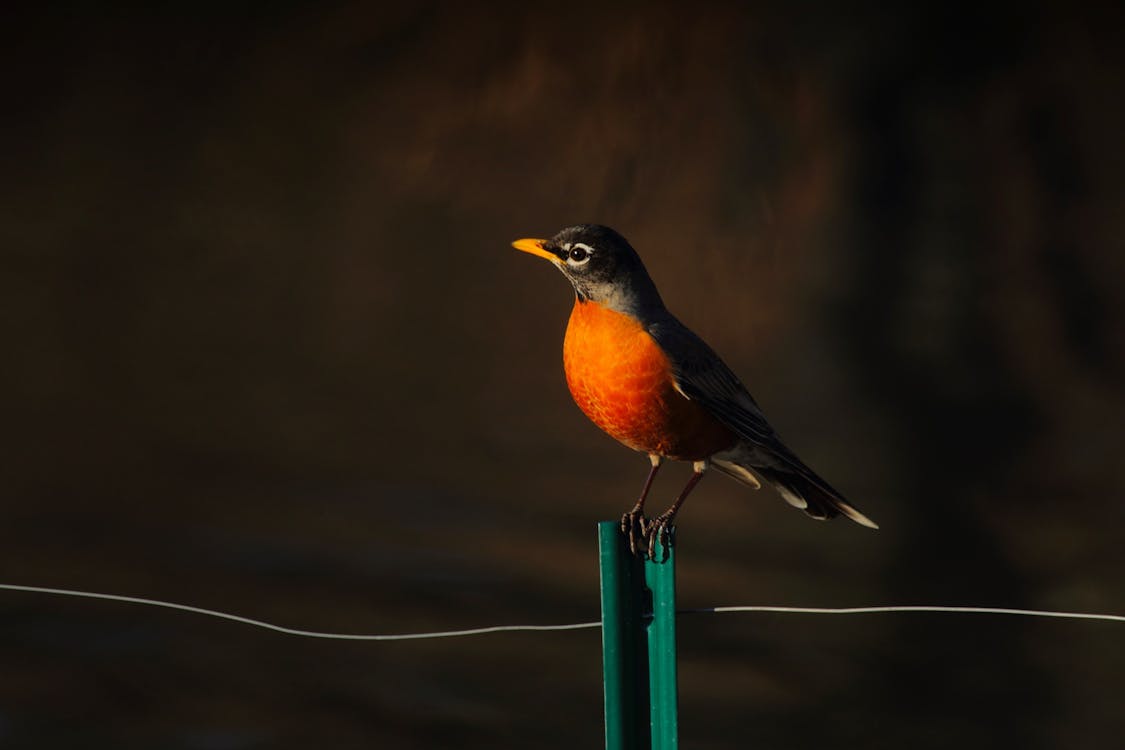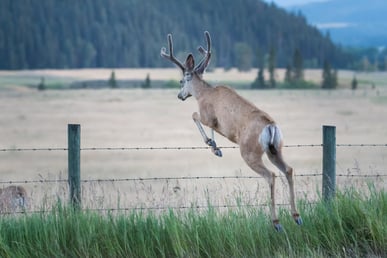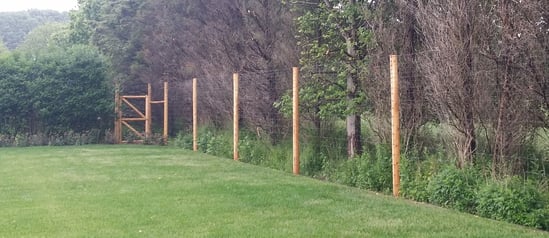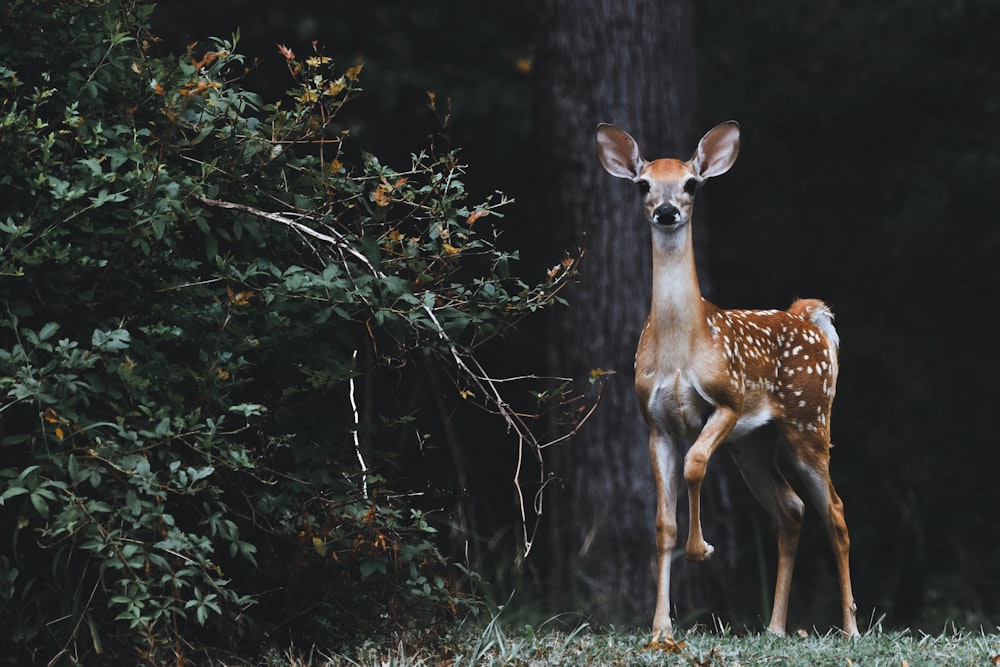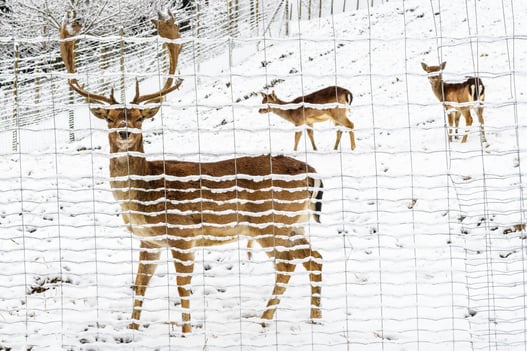A Lesson Learned
I had a project installing a few hundred feet of fencing and only had four days before the weather got worse. I’d done my homework and purchased quality fencing for the install. Suddenly on the last day, the rain fell in buckets. I needed to work in the rain so I went to the home improvement store and bought a rain suit that cost less than the “Made in America” brand. Happy with my purchase, I rushed home to finish my project. After changing I walked outside in my suit, bent over to retrieve a post and the bottoms ripped out. The seams gave way and I was exposed to the elements while finishing the remaining fence line. I learned that cheap is not always a good thing and that quality is worth the extra outlay. Lesson learned--true story.
Standards of Quality
The definition of quality is the general standard or grade
Quality Verification
UL (Underwriters Laboratory) is a company that evaluates wire and cable products under more than 70 different product categories, using more than 30 Standards for Safety. Their Verification programs cover safety, performance, quality assurance, unannounced factory follow-up inspection, and follow-up testing at UL. Their program helps consumers, distributors, and manufacturers identify wire and cabling products that meet nationally recognized safety requirements as well as industry specifications for performance and quality. Users rely on the safety of products that carry the UL Mark.
How low will I go?
Some wire mesh made in China is less expensive than mesh manufactured in the United States. This can be due to fewer restrictions, regulations, and government oversight that are a reality in the U.S. However Chinese products are not necessarily inferior but are produced under different standards. Wire mesh made in China is usually less expensive and is suitable for applications where an elevated standard of quality is not essential.
The question to ask yourself before purchasing wire mesh is “What requirements do I need to be fulfilled and what are my expectations
Remember that all wire mesh is not the same and there are different standards of quality. Lesson learned.
Which is more important to you - quality or price?



